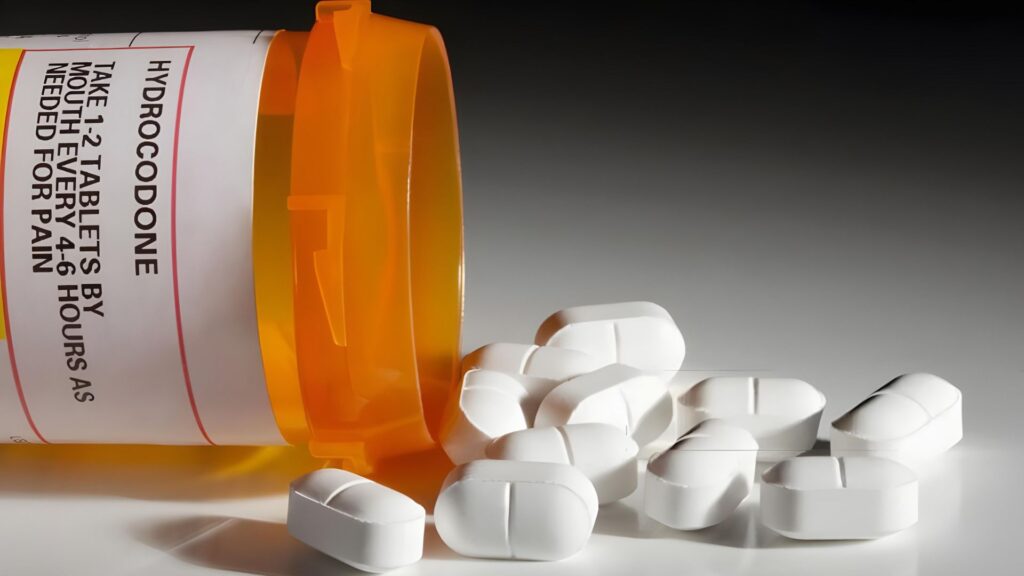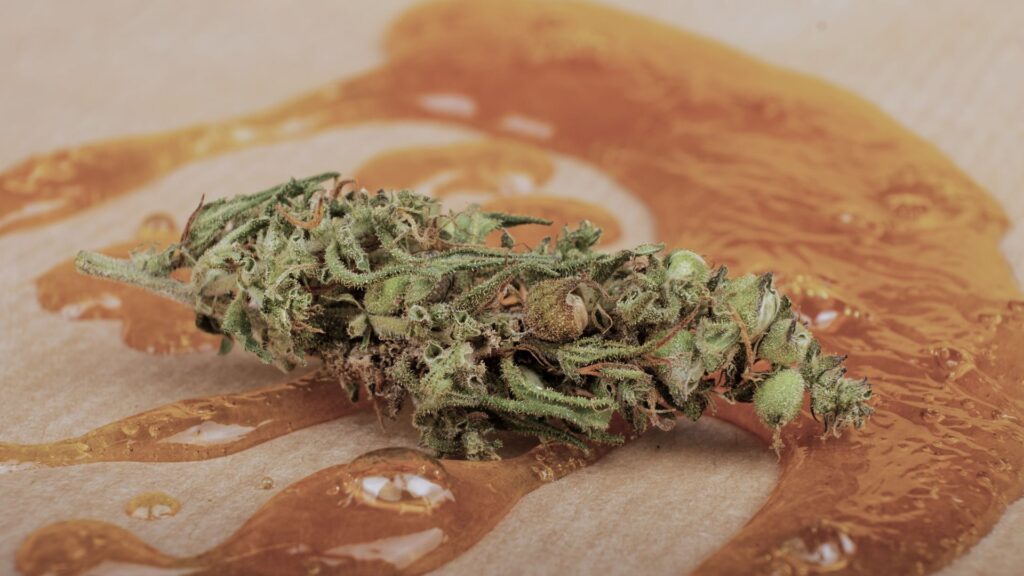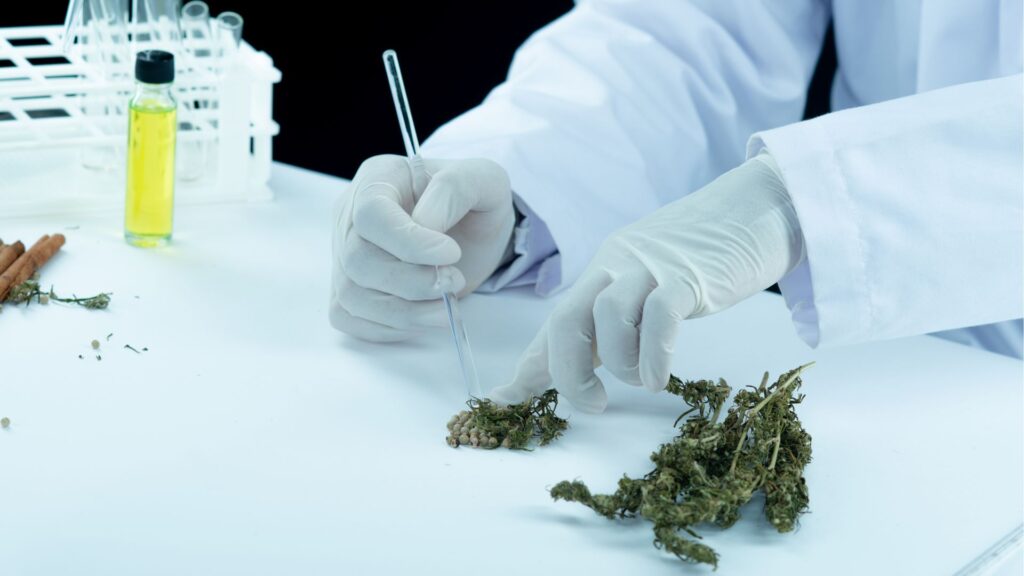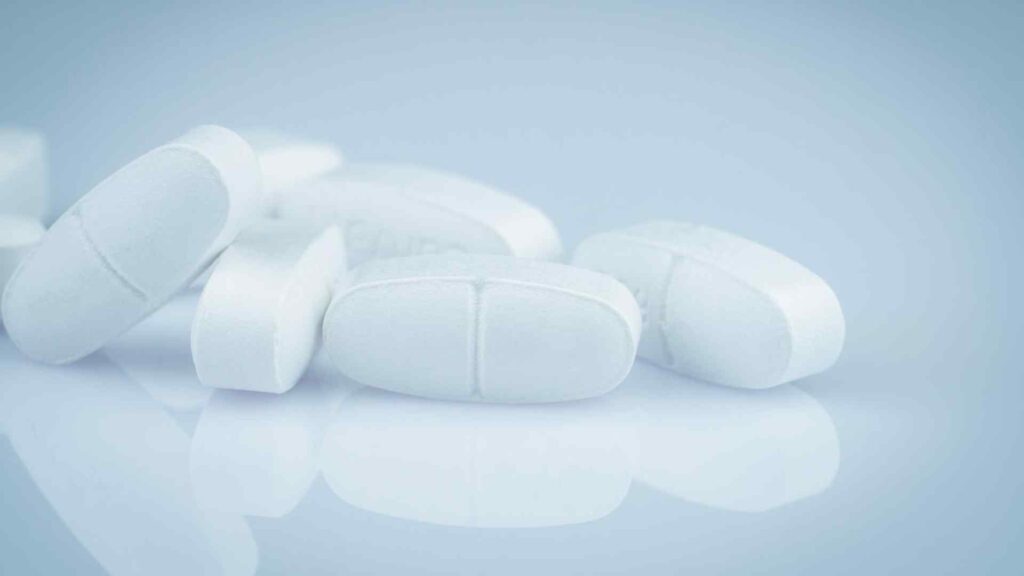Marijuana, one of the most widely consumed substances globally, has been a topic of ongoing debate and scientific research. A crucial question surrounding marijuana is whether it should be classified as a stimulant or a depressant.
This article will explain the dual nature of marijuana, investigating its potential as both a stimulant and a depressant, and delve into the factors that influence its effects on the human body and mind.

The Complex Nature of Marijuana
Marijuana is an intricate plant containing over 400 chemical entities, including more than 60 cannabinoid compounds. Its two main active compounds, delta-9-tetrahydrocannabinol (THC) and cannabidiol (CBD), have contrasting effects on the human nervous system. This complexity allows marijuana to simultaneously have depressive, stimulating, and hallucinogenic effects.
The plant’s effects can differ significantly based on factors such as dosage, strain, consumption method, and individual physiology. Marijuana’s interaction with the endocannabinoid system, a neurotransmitter network extensively distributed throughout the brain and body, further complicates its impact.
The intricate interplay of compounds and biological systems leads to a wide array of potential opposite effects, ranging from relaxation and euphoria to anxiety and altered perception, making marijuana a uniquely multifaceted substance among psychoactive drugs.
Even people who use marijuana casually are prone to developing marijuana use disorder, which would then require them to consult with marijuana addiction treatment therapists in order to begin their sobriety journey.
Marijuana as a Depressant
One of the primary ways marijuana acts as a depressant is by slowing down brain function, which can help calm your nerves and relax tense muscles. This makes it useful for treating conditions like insomnia and anxiety.
However, the depressant effects of marijuana can also lead to side effects such as confusion, dizziness, and memory problems. Regular use of marijuana as a depressant can cause you to develop tolerance, requiring higher doses to achieve the same calming effects, and may contribute to dependency over time.
It’s important to note that the calming effects of marijuana can vary widely among individuals, with some experiencing strong sedative effects while others may not feel these effects as intensely.
Marijuana as a Stimulant
Marijuana can function as a stimulant by inducing effects that enhance alertness, energy, and mood. Shortly after consumption, THC, the main psychoactive compound in marijuana, stimulates the brain to release dopamine, potentially leading to feelings of euphoria, heightened sensory perception, and time distortion.
It may also trigger physical responses such as an increase in heart rate, elevated blood pressure, and rapid breathing. These stimulant-like effects tend to be more noticeable with smaller doses or specific strains of cannabis. For some individuals, marijuana can improve focus and temporarily boost energy levels. However, these effects can vary significantly based on the person, dosage, and method of consumption.
While marijuana’s stimulant properties may be appealing to some users seeking a mood lift or increased alertness, they can also cause negative side effects such as anxiety, paranoia, and irregular heartbeat in others.
Factors Influencing Individual Responses
Even in the context of recreational use, the effects of cannabis may vary from person to person, which is why you should feel alert and not believe in the false perceptions about weed in the mainstream.
Your unique genetic makeup, tolerance level, and medical history shape your individual responses to cannabis use.
The dosage you consume plays a key role, with lower doses often producing calming effects and higher doses potentially triggering stimulant-like reactions. Psychological factors, such as pre-existing mental health conditions, can further impact your experience.
The method of consumption, whether smoking, vaping, or ingesting edibles, affects the onset and duration of the different effects. Your personal experiences with specific strains or consumption methods contribute to your expectations and associations, influencing how marijuana makes you feel.
Risks and Considerations
Chronic use of marijuana affects brain health, potentially leading to irreversible IQ loss, particularly when use starts at a young age. Mental health risks include a higher probability of experiencing depression, anxiety, and psychotic episodes, with frequent users facing an increased risk of developing schizophrenia or other chronic psychoses.
From a physical standpoint, marijuana use is linked to respiratory problems, such as a greater risk of bronchitis and lung infections, especially when smoked. Cardiovascular concerns encompass elevated heart rate and blood pressure, which may increase the risk of heart attack or stroke, particularly in older individuals or those with pre-existing heart conditions.
Regular use can also result in cannabinoid hyperemesis syndrome, characterized by recurrent episodes of severe vomiting. Moreover, marijuana can impair cognitive functions, affecting memory, attention, and psychomotor abilities. For pregnant women, using marijuana during pregnancy may lead to fetal growth restriction and developmental issues. These cognitive effects can persist even after stopping use, which is why many people benefit from structured strategies to overcome marijuana cravings when attempting to quit.
There are concerns regarding the potential for addiction, with approximately 10% of users becoming addicted, increasing to 16.7% for those who begin using before the age of 18. The potency of modern marijuana and its varying effects based on individual physiology, consumption method, and dosage further complicate its impact, requiring careful consideration of these risks.

Medical Applications of Marijuana
As a depressant, marijuana can help manage anxiety, reduce muscle spasms in conditions like multiple sclerosis, and alleviate chronic pain. Its relaxing properties also make it useful for treating insomnia and improving sleep quality in patients with various conditions. On the stimulant side, marijuana can increase appetite in patients with HIV/AIDS or those undergoing chemotherapy, helping to combat weight loss and wasting syndrome.
Marijuana has gained attention as a potential alternative to traditional prescription painkillers, especially considering the ongoing opioid crisis. Although not FDA-approved for pain management, many U.S. states have legalized medical cannabis, with pain relief being one of the most common reasons for its use.
Conditions where medical marijuana may provide relief include epilepsy, Crohn’s disease, glaucoma, and post-traumatic stress disorder (PTSD). It may also provide a mood lift for some individuals with depression, although evidence for this application is mixed and requires further research.
The stimulant effects can also include increased heart rate and heightened sensory perception, which may be beneficial for certain medicinal purposes but could also pose risks for some patients.
Final Thoughts from Radix Recovery
If you’re struggling with marijuana dependence and it’s negatively affecting your life, Radix Recovery in Cedar Rapids, Iowa, can provide the support you need. Our individualized marijuana addiction recovery programs offer a nurturing environment where you can explore the underlying reasons for your dependence, learn healthier coping strategies, and regain control over your life.
































































































